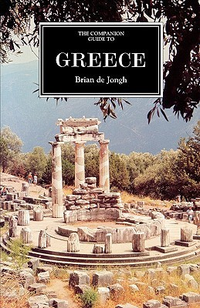The Vicar Of Tours

Summary
The Vicar Of Tours is a long short story (or, more properly, a novella) by Honoré de Balzac, written in 1832. Originally entitled Les Célibataires (The Celibates), it was published in that year in volume III of the 2nd edition of Scènes de la vie privée, then republished in 1833 and again in 1839, still with the same title but as one of the Scènes de la vie de province. Not until 1843 did it take on its present title of Le Curé de Tours when it appeared in volume II of Scènes de la vie de province (volume VI of his vast narrative series La Comédie humaine).
Le Curé de Tours is one of the best known of all Balzac’s fictions.
The action of the novella takes place in or near Tours, with a brief excursion to Paris, in the year 1826.
At the beginning of the autumn of the year 1826, Abbé Birotteau, the main character of this story, was surprised by a downpour on his way back from the house where he had gone to spend the evening. He therefore crossed as quickly as his plumpness would allow him, the little deserted place called the cloister, which is behind the chevet of Saint-Gatien, at Tours.
From this perky beginning, Balzac will produce a dramatic story. But what is surprising is the strength of the conclusion. We live in a time when the failure of governments is to have made society less for man than man for society.
There is a perpetual fight between the individual against the system which wants to exploit and which he tries to exploit for his benefit; whereas formerly man, really freer, showed himself more generous for the public good.
And the author continues: Couldn't this moral cosmopolitanism, the hope of Christian Rome, be a sublime error? It is so natural to believe in the realization of a noble dream, in the brotherhood of men. But unfortunately! The human machine has not such divine proportions....
Similar Books
-
 Les Femmes d'Israël
Les Femmes d'Israëlby Raphael Viau
-
 Warlord of the Air
Warlord of the Airby Michael Moorcock
-
 One City
One Cityby Alexander McCall Smith
-
 Literary Landscapes of The British Isles: A Narrative Atlas
Literary Landscapes of The British Isles: A Narrative Atlasby David Daiches
-
 Literary Landscapes of the British Isles: A Narrative Atlas
Literary Landscapes of the British Isles: A Narrative Atlasby David Daiches
-
 The Companion Guide to Greece
The Companion Guide to Greeceby Brian de Jongh
-
